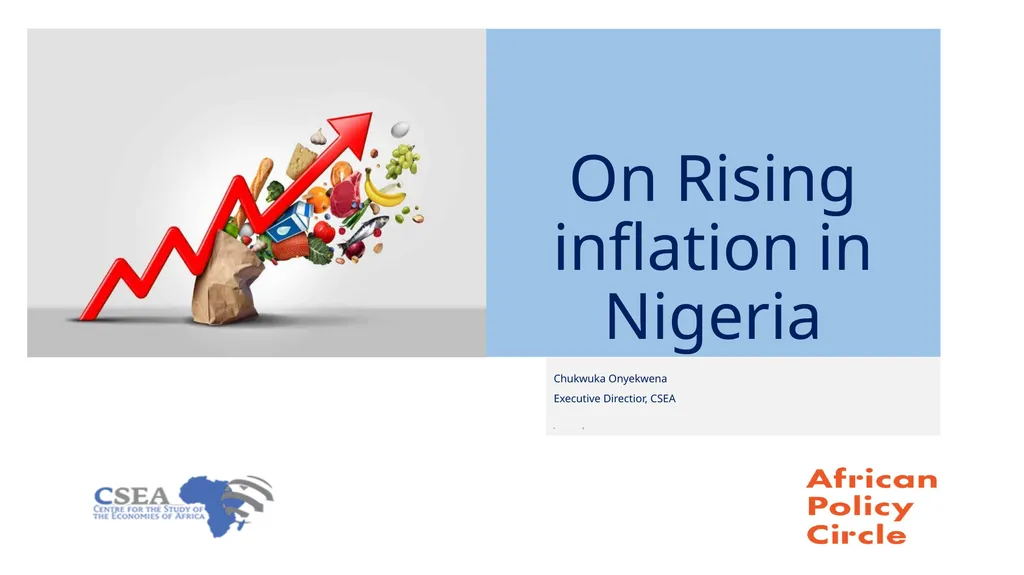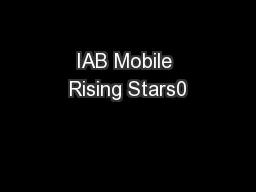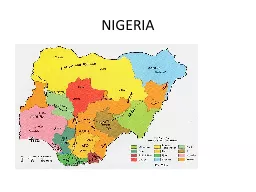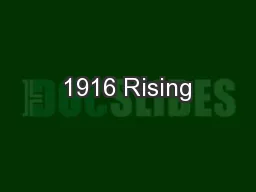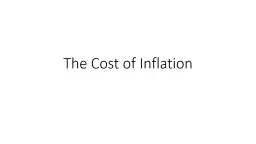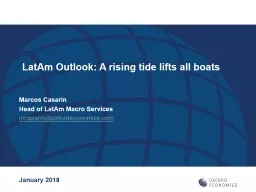On Rising inflation in Nigeria Chukwuka Onyekwena
Author : lois-ondreau | Published Date : 2025-08-13
Description: On Rising inflation in Nigeria Chukwuka Onyekwena Executive Directior CSEA C Outline Background Types of Inflation DemandPull Inflation CostPush Inflation Rising prices across the globe Africa and Inflation Inflation The Nigerian
Presentation Embed Code
Download Presentation
Download
Presentation The PPT/PDF document
"On Rising inflation in Nigeria Chukwuka Onyekwena" is the property of its rightful owner.
Permission is granted to download and print the materials on this website for personal, non-commercial use only,
and to display it on your personal computer provided you do not modify the materials and that you retain all
copyright notices contained in the materials. By downloading content from our website, you accept the terms of
this agreement.
Transcript:On Rising inflation in Nigeria Chukwuka Onyekwena:
On Rising inflation in Nigeria Chukwuka Onyekwena Executive Directior, CSEA C Outline Background Types of Inflation: Demand-Pull Inflation; Cost-Push Inflation Rising prices across the globe Africa and Inflation Inflation – The Nigerian case Drivers of Inflation: Exchange rate management, Energy & Transport, Monetary Policy, Boarder closure & Insecurity Implications of Inflation Policy Options for Nigeria Background The general rise in the price level, known as Inflation, has reemerged as major challenge on a global scale. Inflation as measured by the Consumer Price Index (CPI) has soared globally. A major macroeconomic objective of an economy is to achieve stable prices – primary mandate of central banks. Inflation diminishes the value of money and savings, and therefore decreases purchasing power and the standard of living. Demand-Pull Inflation Demand-pull inflation is the tendency for prices to increase due to increasing aggregate demand. This type of inflation is usually associated with a strong economy. There is always a positive output gap whenever a demand-pull inflation occurs). Cost-Push Inflation Cost-push inflation is a condition when the supply of goods or services (Aggregate Supply) is limited but demand (Aggregate Demand) remains the same, pushing up prices. For example, a shortage in the factors of production (labor, natural resources, capital good, etc.) leads to decreased supply of goods and services. While demand remains constant, the prices of commodities increase causing a rise in the overall price level. Nigeria’s inflation follows the cost-push trajectory. There is always a negative output gap whenever a cost-push inflation occurs). A good example is the global oil supply shock consequent to the Russia-Ukraine Conflict. Rising prices across the globe Global dimension: Price swings in energy and commodity prices Prior to the Russia-Ukraine war, inflationary pressures were evident in many economies due to SS-DD imbalances and policy support provided during the pandemic – resulted in a tightening of monetary policy (IMF – WEO, 2022) The Russia-Ukraine war has triggered supply shocks (oil, gas, metals, wheat & corn). Resulting a significant rise in energy and commodity prices across the globe. More inflationary pressures! IMF has downgraded its economic growth forecast for 2022 and 2023 to 3.6 percent. Negative consequences for low-income countries in Africa battling with socioeconomic challenges. Africa and Inflation Theoretical, inflation is a monetary phenomenon, such that it increases with an increase in money supply and reduced with a reduction in money supply. Evidence from Africa shows that beyond monetary factors, structural
